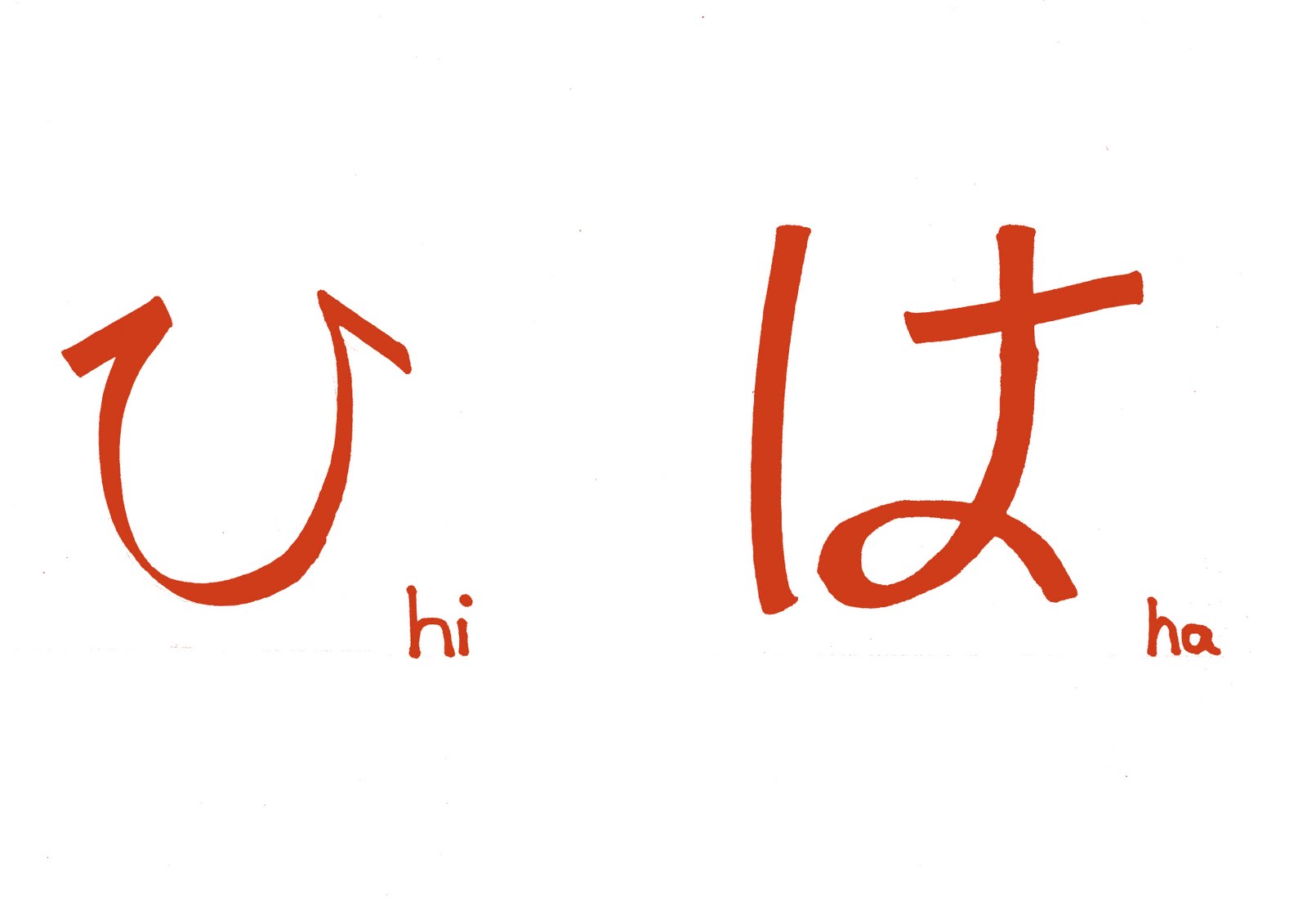

Understanding "Hi" In Japanese: A Comprehensive Guide
When delving into the intricacies of the Japanese language, one of the simplest yet most essential words you will encounter is "hi." This seemingly straightforward greeting opens the door to understanding Japanese culture and communication. In this article, we will explore the significance of "hi" in Japanese, its various usages, and the cultural context surrounding this ubiquitous expression.
The Japanese language is rich in nuances and subtleties, making it a fascinating subject of study for linguists and enthusiasts alike. "Hi" serves as a fundamental building block in everyday conversation, and understanding its use can significantly enhance your grasp of the language. We will also touch upon related greetings and their appropriate contexts, ensuring you have a well-rounded understanding of polite communication in Japanese.
As we navigate through this article, you will learn not only about the word "hi" but also about the cultural implications behind greetings in Japan. This knowledge is essential for anyone looking to engage meaningfully with Japanese speakers, whether for travel, business, or personal interest.
Table of Contents
- What is "Hi" in Japanese?
- Cultural Significance of Greetings
- How to Use "Hi" Appropriately
- Variations of "Hi" in Different Contexts
- Related Greetings in Japanese
- Common Mistakes When Using "Hi"
- Practical Examples of Using "Hi"
- Conclusion
What is "Hi" in Japanese?
The word "hi" (はい) in Japanese is a versatile expression primarily used to mean "yes" or to acknowledge someone's statement or question. While it can serve as a simple affirmative response, it is also used in various contexts to convey understanding, agreement, or attentiveness during a conversation. The pronunciation is straightforward, sounding like "high," which makes it easy for learners to remember and use.
Cultural Significance of Greetings
In Japan, greetings play a critical role in social interactions and etiquette. The way people greet each other reflects their respect and acknowledgment of one another's presence. Understanding the cultural significance of greetings is essential for anyone looking to engage with Japanese society.
Greeting someone with "hi" can indicate openness and friendliness, while failing to greet can be seen as impolite. This highlights the importance of using greetings appropriately to foster positive relationships. Here are a few reasons why greetings matter in Japanese culture:
- Respect: Greetings show respect towards others, especially elders or authority figures.
- Connection: A warm greeting can help establish rapport and strengthen relationships.
- Social Norms: Following greeting customs is seen as adhering to social norms and expectations.
How to Use "Hi" Appropriately
Using "hi" appropriately requires an understanding of the context and the relationship between the speakers. Here are some tips on how to use "hi" effectively:
- Use "hi" when responding to a question to indicate agreement or understanding.
- Pair "hi" with a bow or nod to show respect, especially in formal situations.
- Avoid using "hi" in very formal settings; consider alternative greetings instead.
Variations of "Hi" in Different Contexts
While "hi" is commonly used, there are variations and related expressions that convey similar meanings depending on the context. Some variations include:
- はい (hai): The standard form of "yes" or acknowledgment.
- ええ (ee): A more casual way of saying "yes." Often used among friends.
- はい、そうです (hai, sou desu): A more formal way of expressing agreement with someone's statement.
Related Greetings in Japanese
In addition to "hi," there are several other greetings in Japanese that are commonly used in various situations:
- こんにちは (konnichiwa): Hello (used during the day).
- おはようございます (ohayou gozaimasu): Good morning (formal).
- こんばんは (konbanwa): Good evening.
Understanding these related greetings will enhance your conversational skills and allow for more dynamic interactions in Japanese.
Common Mistakes When Using "Hi"
Even seasoned learners can make mistakes when using "hi" in Japanese. Here are some common pitfalls to avoid:
- Using "hi" in overly formal situations where a more respectful greeting is warranted.
- Translating "hi" directly from English without understanding the context.
- Neglecting the cultural aspects of greetings, such as bowing.
Practical Examples of Using "Hi"
To solidify your understanding of "hi," here are some practical examples:
- When someone asks, "Are you coming to the meeting?" you can respond with "はい (hai)" to indicate "yes."
- If someone shares good news, you can acknowledge it by saying "ええ (ee)" to show you are pleased.
- In a formal setting, if asked about your well-being, you might respond with "はい、そうです (hai, sou desu)" to affirm the statement politely.
Conclusion
In summary, understanding the word "hi" in Japanese extends beyond its literal translation. It embodies respect, acknowledgment, and cultural norms that are integral to communication in Japan. By grasping the various contexts, usages, and related expressions, you can enhance your conversational skills and deepen your appreciation for Japanese culture.
We encourage you to practice using "hi" and explore other greetings as you immerse yourself in the language. Feel free to leave a comment below with your thoughts or questions, and don't hesitate to share this article with others interested in learning Japanese!
Thank you for reading! We hope to see you again for more insightful articles on language and culture.
Ina Garten Separation: Understanding The Impact And Insights
Taylor Swift Called For Help During A Concert In Zurich: What Happened?
Dixon Dallas Gay: Understanding His Journey And Impact

